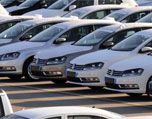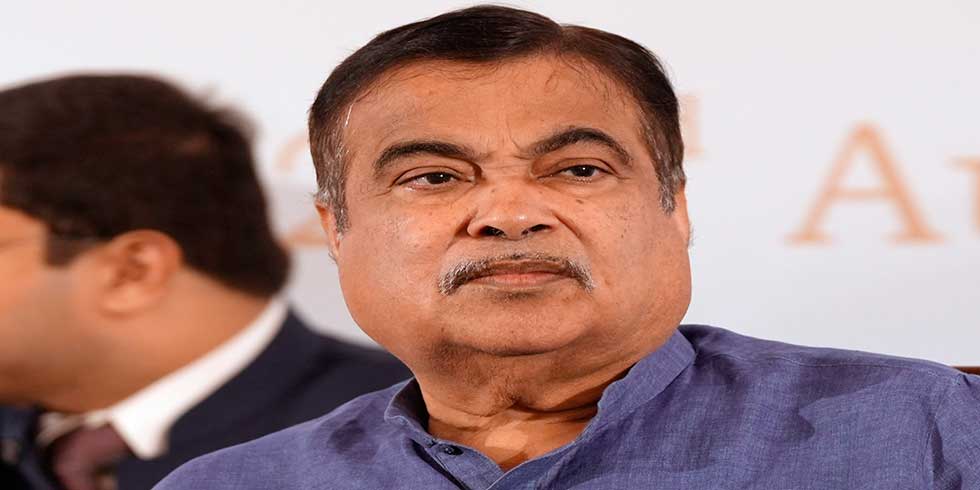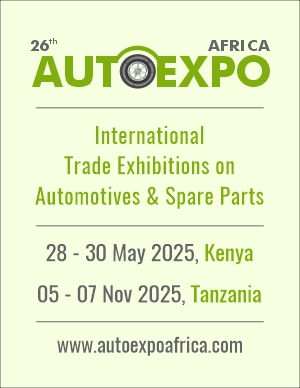Nearly 1.5 crore people are expected to be employed in the automobile sector directly by 2022, according to a National Skill Development Corporation (NSDC) report.
"According to industry estimates, the automobile industry accounts for 22-25 per cent of the country's manufacturing gross domestic product. FDI in the sector is allowed at 100 per cent under the automatic route. Therefore, an addition of one manpower at an OEM would lead to generating eight jobs at the vendor's end.
"To meet the incremental human resource requirement in the sector, the entire ecosystem has been scaling up its training initiatives and aligning with industry recognised national occupational standards," NSDC MD & CEO Dilip Chenoy said.
The report suggests that Haryana leads in the production of passenger cars, motorcycles, tractors and accounts for 50 per cent of total passenger cars and two-wheelers production in India.
The key growth drivers, according to the report, are that India and other BRICS nations would emerge as major manufacturing hubs due to the availability of cheap labour and a favourable investment environment.
Global auto component players with manufacturing presence in India are focusing on exports as excise duty is quite less in complete knocked down (CKD) units.
Industry growth, changing technology, growing economy, larger income at disposal and lowering first hand life-cycle of cars have made the ground fertile for fresh skilling and up-skilling in the sector.
Of the 7.6 million employed in manufacturing, 72 per cent are working in the component sub-sector. Even at auto component manufacturing companies, a majority of the workforce is employed in tier-III cities.
Some 19.1 million are employed in the automobile sector, directly or indirectly. This includes manufacturing in OEMs, auto components, raw material factories, automobile dealers, service centres, and other enabler sectors.
Currently, more than 70 per cent of auto component companies are SMEs. Furthermore, the automotive sector has 56 per cent of workforce, the second highest after telecom.
India's auto sector to employ 1.5 crore by 2022, says NSDC










Add Comment